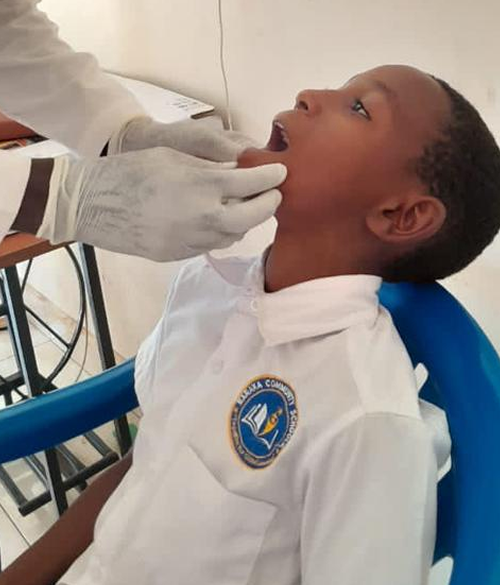About Us
To develop sustainable health programmes that will improve the total health and well-being of communities.
To develop sustainable health programmes that will improve the total health and well-being of communities.
Busii Islanders experience various health problems including communicable diseases and non-communicable diseases (NCDs). Top five causes of mortality and morbidity according to DHIS2 2023 were HIV disease, diarrheal diseases, pregnancy related complications, and crime related injuries (DHIS2 2020). Pregnancy related deaths are on the rise, causing 9% of deaths in the Bussi Islands (DHIS2 2020), while malaria and diarrhea disease hotspots continue to provoke outbreaks from time to time due to poor sanitation conditions in the Islands (DHIS2 2022).
Busii Islanders experience various health problems including communicable diseases and non-communicable diseases (NCDs). Top five causes of mortality and morbidity according to DHIS2 2023 were HIV disease, diarrheal diseases, pregnancy related complications, and crime related injuries (DHIS2 2020). Pregnancy related deaths are on the rise, causing 9% of deaths in the Bussi Islands (DHIS2 2020), while malaria and diarrhea disease hotspots continue to provoke outbreaks from time to time due to poor sanitation conditions in the Islands (DHIS2 2022).
While Uganda has made great strides in improving maternal, new-born and child health outcomes over the past decade, maternal mortality and morbidity remain high in the Islands. The recently concluded EmONC assessment 2020 in Bussi Island revealed that assisted vaginal delivery was performed at 28% of facilities evaluated; manual removal of placenta and retained products of conception at 49% and 41% of facilities respectively, only 24% of pregnant women had their first ANC visit in the first trimester and only 51% had the recommended eight visits ANC utilization, compliance with maternal iron folic acid supplementation remains a challenge as well, and it is estimated that 39% of babies are born to adolescent girls aged 15-19 years.

Water, sanitation and hygiene (WASH) practices, an important component of quality health services that provides the foundation for infection prevention and control practices, remains a major challenge in Bussi Island.
Approximately, 21% of the health care facilities in Bussi Island lack piped water on premises, 11% do not have improved sanitation, 27% are without soap and water for handwashing, 57% lack proper medical waste management services, and 10% do not even have any form of safe segregation of medical waste (UBOS 2014).
Youth unemployment is a critical and complex issue affecting a majority of young people in Busii Island. An estimated 25% youth in Bussi Island, struggle to find work despite their qualifications, skills, and ambitions (UBOS 2014). This has led to a lack of independence, financial instability, increasing crime rates and a sense of hopelessness about the future. A quarter of young women between the ages of 15-29 have experienced a form of sexual violence and evidence shows that women lack necessities for menstrual hygiene (UBOS 2014).
Additionally, Bussi Islands is a disaster-prone Island that faces humanitarian challenges, which constrain economic growth and sustainable development. Protracted natural disasters have left vulnerable communities without reliable food sources or viable livelihoods. The Islander have suffered from high rates of HIV infection and malaria, acute malnutrition, frequent outbreaks of cholera, and other water-borne diseases for decades, and continues to be at a significant risk of other highly communicable disease outbreaks in the country. Vulnerabilities are increased, particularly for pregnant women and young people, during disasters.